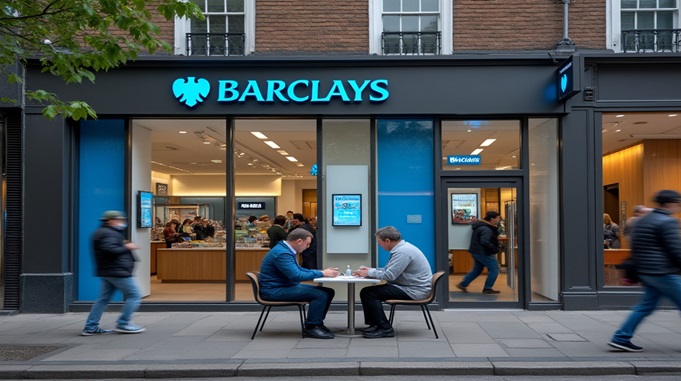
The new scheme aims to help businesses affected by Covid-19 and can be used for any legitimate business purpose, including managing cashflow, investment and growth. It is designed to appeal to businesses that can afford to take out additional debt finance for these purposes.
Features of the scheme will include:
- Up to £10m facility per business: The maximum value of a facility provided under the scheme will be £10m per business. Minimum facility sizes vary, starting at £1,000 for asset and invoice finance, and £25,001 for term loans and overdrafts.
- Turnover limit: There will be no turnover restriction for businesses accessing the scheme.
- Wide range of products: Businesses will be able to choose from a variety of products: term loans, overdrafts, asset finance and invoice finance facilities.
- Term length: Term loans and asset finance facilities are available for up to six years, with overdrafts and invoice finance available for up to three years.
- Interest and fees to be paid by the business from the outset: Businesses will be required to meet the costs of interest payments and any fees associated with the facility.
- Access to multiple schemes: Businesses who have taken out a CBILS, CLBILS or BBLS facility will be able to access the new scheme, although the maximum they are allowed to borrow will depend on their lender’s assessment and scheme requirements.
- Credit checks for all applicants: Lenders will be required to undertake credit and fraud checks for all applicants. When making their assessment, lenders may overlook concerns over short-to-medium term performance owing to the pandemic. The checks and approach may vary between lenders.
From UK Gov Site:
A new loan scheme to support access to finance for UK business as they grow and recover from the disruption of the COVID-19 pandemic
The Recovery Loan Scheme ensures businesses of any size can continue to access loans and other kinds of finance up to £10 million per business once the existing COVID-19 loan schemes close, providing support as businesses recover and grow following the disruption of the pandemic and the end of the transition period.
Once received, the finance can be used for any legitimate business purpose, including growth and investment.
The government guarantees 80% of the finance to the lender to ensure they continue to have the confidence to lend to businesses.
The scheme launches on 6 April and is open until 31 December, subject to review. Loans will be available through a network of accredited lenders, whose names will be made public in due course.
What type of finance is available
- Term loans and overdrafts will be available between £25,001 and £10 million per business.
- Invoice finance and asset finance will be available between £1,000 and £10 million per business.
Finance terms are up to six years for term loans and asset finance facilities. For overdrafts and invoice finance facilities, terms will be up to three years.
No personal guarantees will be taken on facilities up to £250,000, and a borrower’s principal private residence cannot be taken as security.
Eligibility
You will be able to apply for a loan if your business:
- is trading in the UK
You will need to show that your business:
- is viable or would be viable were it not for the pandemic
- has been impacted by the coronavirus pandemic
- is not in collective insolvency proceedings – further details will be provided in due course
Business that have received support under the existing COVID-19 guaranteed loan schemes will still be eligible to access finance under this scheme, if they meet all other eligibility criteria.
Who cannot apply
Businesses from any sector will be eligible to apply, except:
- banks, building societies, insurers and reinsurers (but not insurance brokers)
- public-sector bodies
- state-funded primary and secondary schools
How to apply
The scheme will launch on 6 April 2021. Further details on how to apply and details of accredited lenders will be released in due course.







